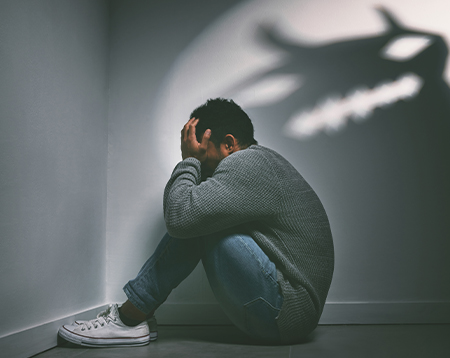 What is Trauma?
What is Trauma?
Trauma is a term used to describe a response to a deeply disturbing or distressing event. Scary, shocking, and dangerous are common adjectives to describe traumatic events.
Witnessing violence or murder, natural disasters, terrorist events, war and combat, sexual abuse, grief and loss, and developing a severe illness are common sources of trauma.
However, what one person may consider traumatic can wildly differ from what another person may consider traumatic. While an event may upset many, how it affects the individual can vary greatly.
What is PTSD?
Some individuals exposed to a traumatic event or events will develop Post-Traumatic Stress Disorder, commonly known as PTSD.
PTSD affects the way individuals experience the world. Flashbacks of the traumatic event, avoiding reminders of the traumatic event, changes in thoughts and mood, and increased reactive symptoms are the four core symptoms of PTSD.
Research has shown that two of ten people who experience a traumatic event will develop Post-Traumatic Stress Disorder symptoms.
Buffers that prevent people from developing PTSD include having a consistent caregiver during childhood and support from friends, family, or a support group after the traumatic event.
 Here’s the good news about Trauma and PTSD.
Here’s the good news about Trauma and PTSD.
Things can get better!
Whether or not PTSD symptoms develop after a traumatic event, therapy can be the answer to understanding and overcoming traumatic events and the symptoms of PTSD.
When people learn why they feel and think differently, they often experience a sense of empowerment. The lack of control they experience becomes replaced with understanding, knowledge, and the learning of coping strategies to help them manage their symptoms.
With the right therapy, you can learn to reprocess that traumatic event, allowing you to put the past where it belongs. If you have experienced a traumatic event and are concerned that you have developed PTSD, please reach out to me today.
To understand how I treat PTSD in children and adolescents, please click here.

 (704) 621-7652
(704) 621-7652 General Inquiries
General Inquiries
